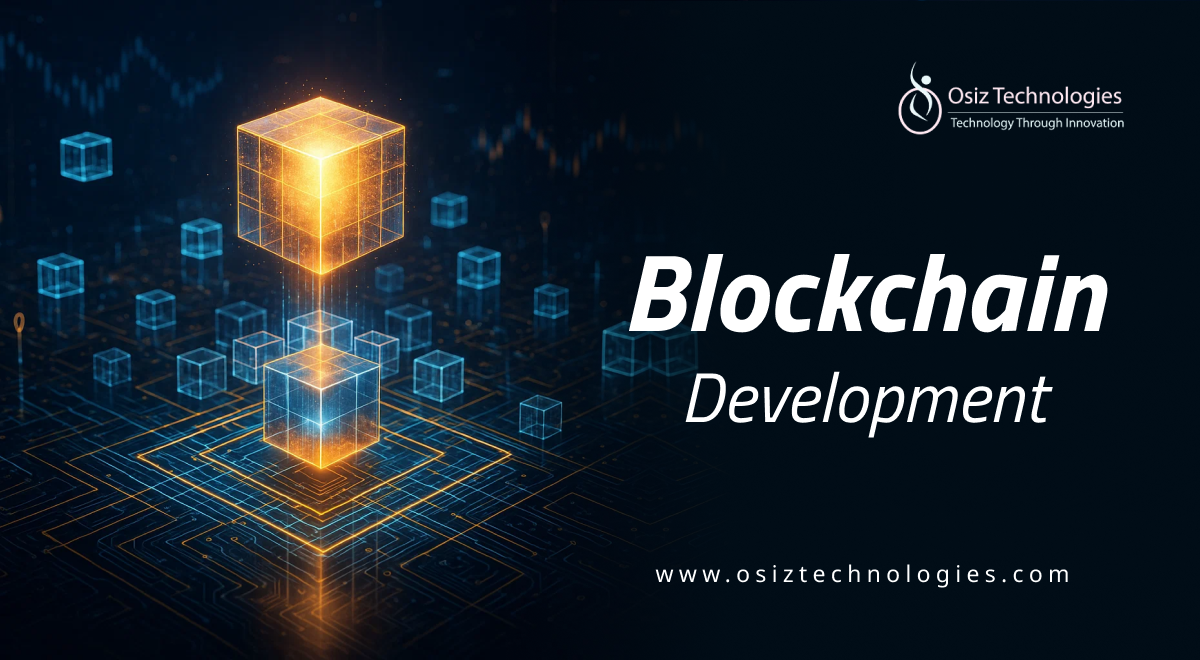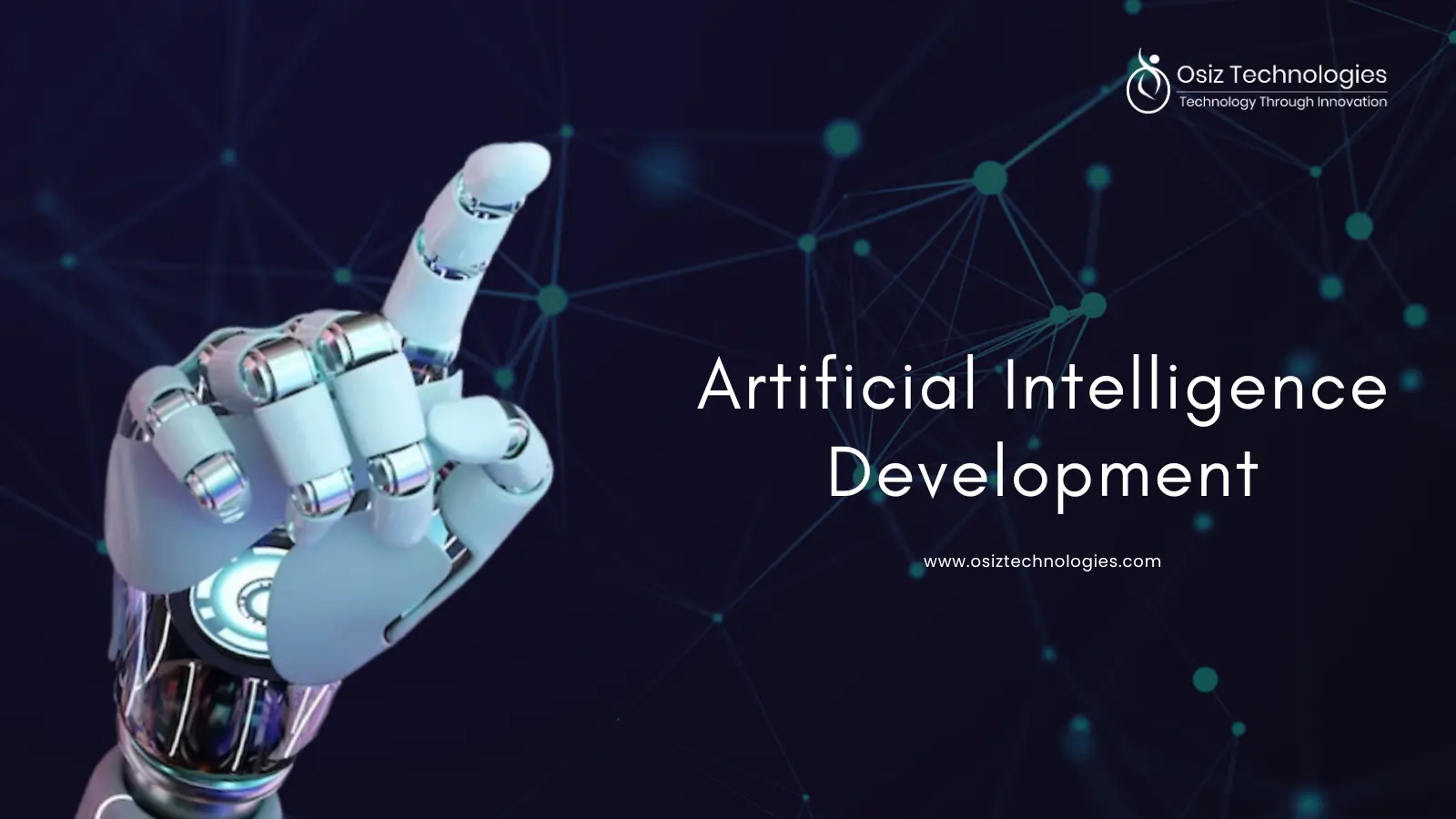In the rapidly evolving landscape of blockchain technology, the quest for scalability remains paramount. Modular blockchain architectures have emerged as a promising solution to the scalability trilemma, which balances decentralization, security, and scalability. By separating various blockchain functionalities into specialized layers, modular designs allow for enhanced performance and flexibility. This article explores the intricacies of modular blockchain architectures, their advantages over monolithic designs, and their role in achieving scalable blockchain integration.
Understanding Blockchain Scalability
Blockchain scalability refers to the ability of a blockchain network to handle an increasing number of transactions without compromising performance. As blockchain adoption grows, so does the demand for higher transaction throughput. Traditional blockchains often struggle with this demand, leading to delays and increased costs. Modular blockchain architectures aim to address these challenges by decoupling various components of the blockchain.
The Blockchain Scalability Trilemma
The blockchain scalability trilemma posits that it is challenging to achieve all three of decentralization, security, and scalability simultaneously. Modular blockchains tackle this issue by allowing developers to optimize each layer for specific functions. For instance, a modular execution layer can focus on processing transactions efficiently, while a separate data availability layer ensures that data is accessible and secure. This separation of concerns is crucial for scaling blockchain networks effectively.
What is Modular Blockchain Architecture?
Modular blockchain architecture breaks down the traditional blockchain stack into specialized layers, each responsible for distinct tasks. This design contrasts with monolithic blockchains, where all functions are integrated into a single layer. By employing a modular approach, developers can create more efficient and scalable systems. For example, a modular blockchain can utilize a dedicated consensus layer, allowing for faster transaction confirmation times and improved network throughput.
Key Components of Modular Blockchain Architecture
1. Modular Execution Layer: This layer is responsible for executing transactions and smart contracts. By optimizing this layer, blockchains can enhance their processing capabilities.
2. Consensus Layer: This layer ensures that all nodes in the network agree on the state of the blockchain. Modular designs can implement various consensus mechanisms tailored to specific use cases.
3. Data Availability Layer: Ensuring that data is readily available is critical for blockchain functionality. A dedicated layer for data availability can enhance performance and security.
4. Interoperability Layer: This component facilitates communication between different blockchains, enabling a more cohesive ecosystem.
Benefits of Modular Blockchain Architectures
Modular blockchain architectures offer several advantages over traditional monolithic designs:
Scalability: By separating functions, modular blockchains can scale more effectively, accommodating a larger number of users and transactions.
Flexibility: Developers can choose specific layers based on their needs, allowing for tailored solutions.
Improved Performance: Specialized layers can optimize performance for their designated tasks, leading to faster transaction processing.
Modular vs. Monolithic Blockchains
While monolithic blockchains handle all functions within a single layer, modular blockchains distribute tasks across multiple layers. This division allows modular blockchains to enhance efficiency and scalability. For instance, monolithic chains may face bottlenecks during peak usage, whereas modular chains can adapt by optimizing individual layers. This adaptability is essential for supporting the growing demand for blockchain applications.
Blockchain Rollups and State Sharding
Two significant innovations within modular blockchain architectures are rollups and state sharding. Rollups bundle multiple transactions into a single one, reducing the load on the main chain. This technique enhances throughput and lowers costs. State sharding, on the other hand, divides the blockchain's state into smaller, manageable pieces, allowing parallel processing of transactions. Together, these strategies contribute to a more scalable and efficient blockchain ecosystem.
Composable Blockchain Infrastructure
Composable blockchain infrastructure refers to the ability to combine various blockchain components seamlessly. Modular architectures facilitate this composability by allowing different layers to interact efficiently. This integration enables developers to create innovative solutions that leverage the strengths of multiple blockchain technologies.
Layered Blockchain Design
Layered blockchain design is a hallmark of modular architectures. By structuring blockchains into distinct layers, developers can focus on optimizing each layer for specific functionalities. This design not only enhances scalability but also simplifies the development process, as teams can work on individual layers without impacting the entire system.
Modular Blockchain Developer Tools
To support the development of modular blockchains, various developer tools are emerging. These tools simplify the process of building, deploying, and managing modular blockchain systems. From SDKs to APIs, developers have access to resources that streamline the creation of scalable blockchain applications.
Conclusion: The Future of Blockchain Integration
As the demand for blockchain technology continues to rise, modular blockchain architectures are set to define the next era of scalable integration. By leveraging modular designs, developers can build efficient, flexible, and high-performance blockchain solutions that address the scalability trilemma. These architectures not only enhance interoperability and performance but also open the door for innovative, future-ready applications across industries.
Osiz Technologies, a leading Blockchain Development Company, empowers businesses to harness the full potential of modular blockchain architectures through customized, scalable, and secure solutions. To explore how modular blockchain can transform your projects, connect with us at osiztechnologies.com
.
Listen To The Article
Recent Blogs

X-Mas 30%
Offer











